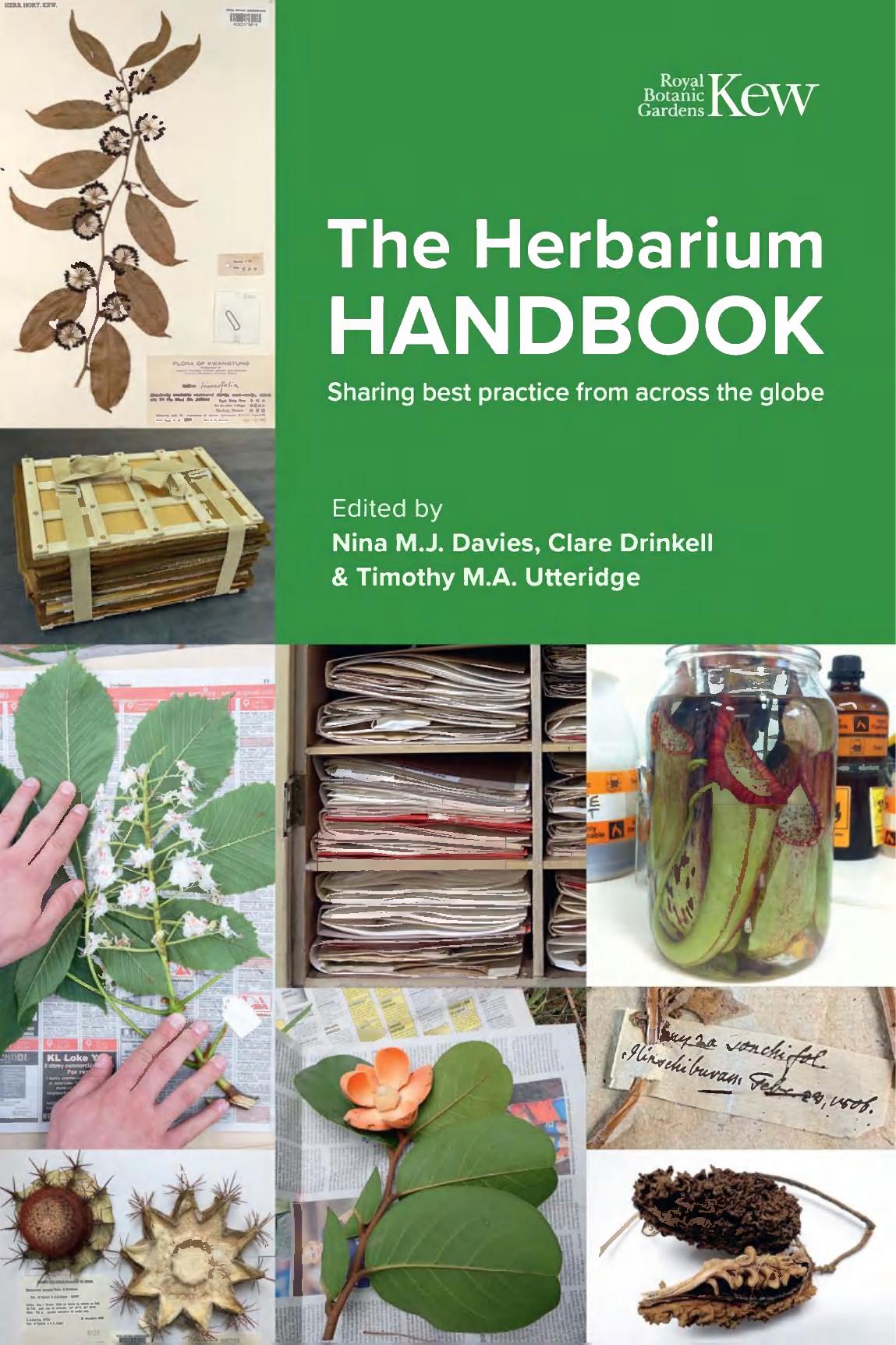

Most ebook files are in PDF format, so you can easily read them using various software such as Foxit Reader or directly on the Google Chrome browser.
Some ebook files are released by publishers in other formats such as .awz, .mobi, .epub, .fb2, etc. You may need to install specific software to read these formats on mobile/PC, such as Calibre.
Please read the tutorial at this link: https://ebookbell.com/faq
We offer FREE conversion to the popular formats you request; however, this may take some time. Therefore, right after payment, please email us, and we will try to provide the service as quickly as possible.
For some exceptional file formats or broken links (if any), please refrain from opening any disputes. Instead, email us first, and we will try to assist within a maximum of 6 hours.
EbookBell Team

0.0
0 reviewsEditions 1 to 3 of The Herbarium Handbook have been an important reference for herbarium collections care and management since first published in 1989 (Forman & Bridson 1989). The handbook brought together practical guidance covering aspects of technical herbarium work written exclusively by staff within the Kew Herbarium. This included procedures on practical herbarium techniques such as the preparation, preservation and organisation of collections; fieldwork and collecting; and the management of the building environment. Herbaria worldwide have been able to adapt the guidance from The Herbarium Handbook to their specific requirements.
A collaboration
This book has taken on a new approach and is a complete renewal of the previous editions of The Herbarium Handbook, incorporating best practice methods from a wide range of herbaria – small to large, temperate to tropical. We see it as a celebration of collective knowledge. The chapters are arranged in a logical structure from field collection, to herbaria, with useful anecdotes, examples and statistics from Kew staff, but crucially partners and collaborators from around the world who play a key role in contributing to the handbook. New sections cover biosecurity, digitisation and herbaria in the wider context of public engagement and outreach. This book, which also includes photographs and illustrations, is a richly illustrated reference tool offering contemporary herbarium management from wide-ranging collaborators and informed by best practice from the Kew Herbarium. The updated Herbarium Handbook will continue to be an important reference book, to help with training future generations of staff, interns and volunteers, share ideas on techniques and workflows and advise on time-saving and cost-effective processes.